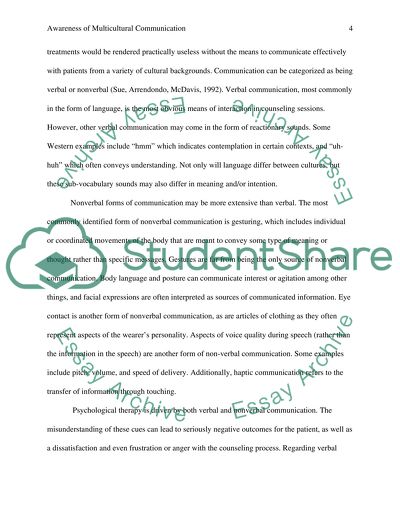Cite this document
(“Awareness of Multicultural Communication Styles in Counseling Research Paper”, n.d.)
Retrieved from https://studentshare.org/health-sciences-medicine/1433196-n-a
Retrieved from https://studentshare.org/health-sciences-medicine/1433196-n-a
(Awareness of Multicultural Communication Styles in Counseling Research Paper)
https://studentshare.org/health-sciences-medicine/1433196-n-a.
https://studentshare.org/health-sciences-medicine/1433196-n-a.
“Awareness of Multicultural Communication Styles in Counseling Research Paper”, n.d. https://studentshare.org/health-sciences-medicine/1433196-n-a.


